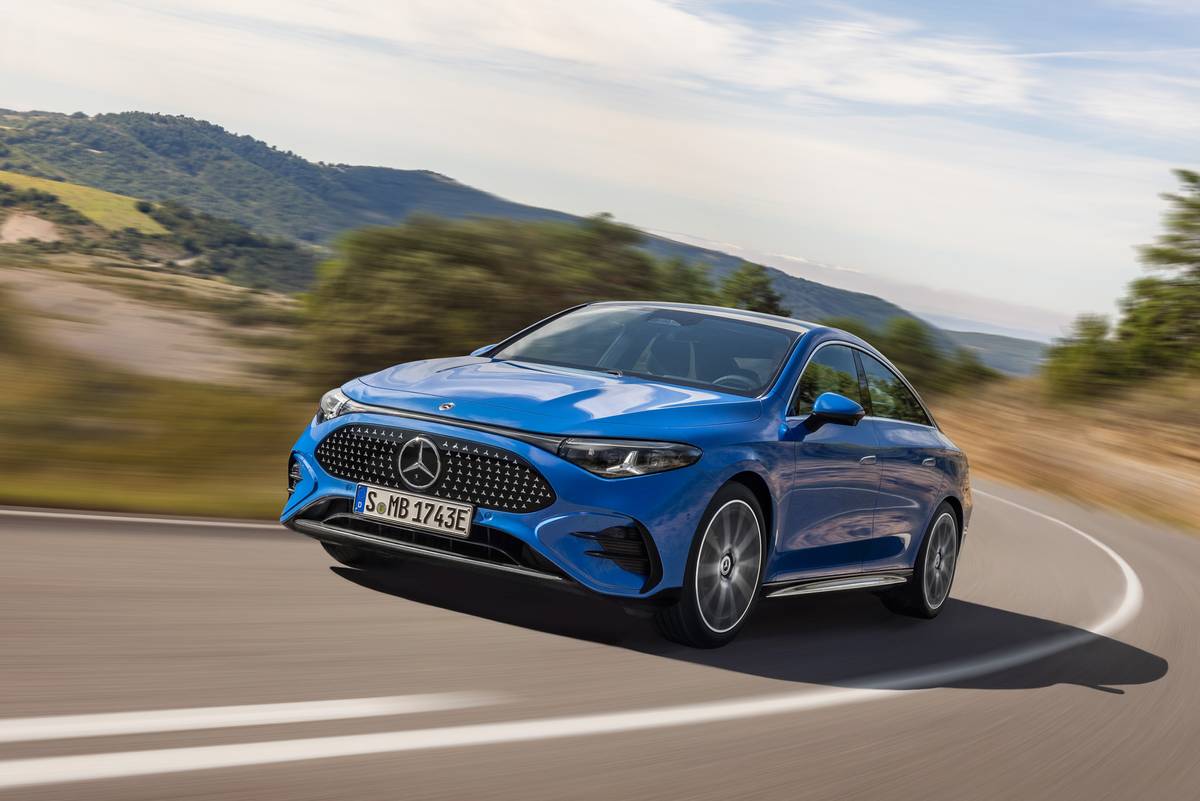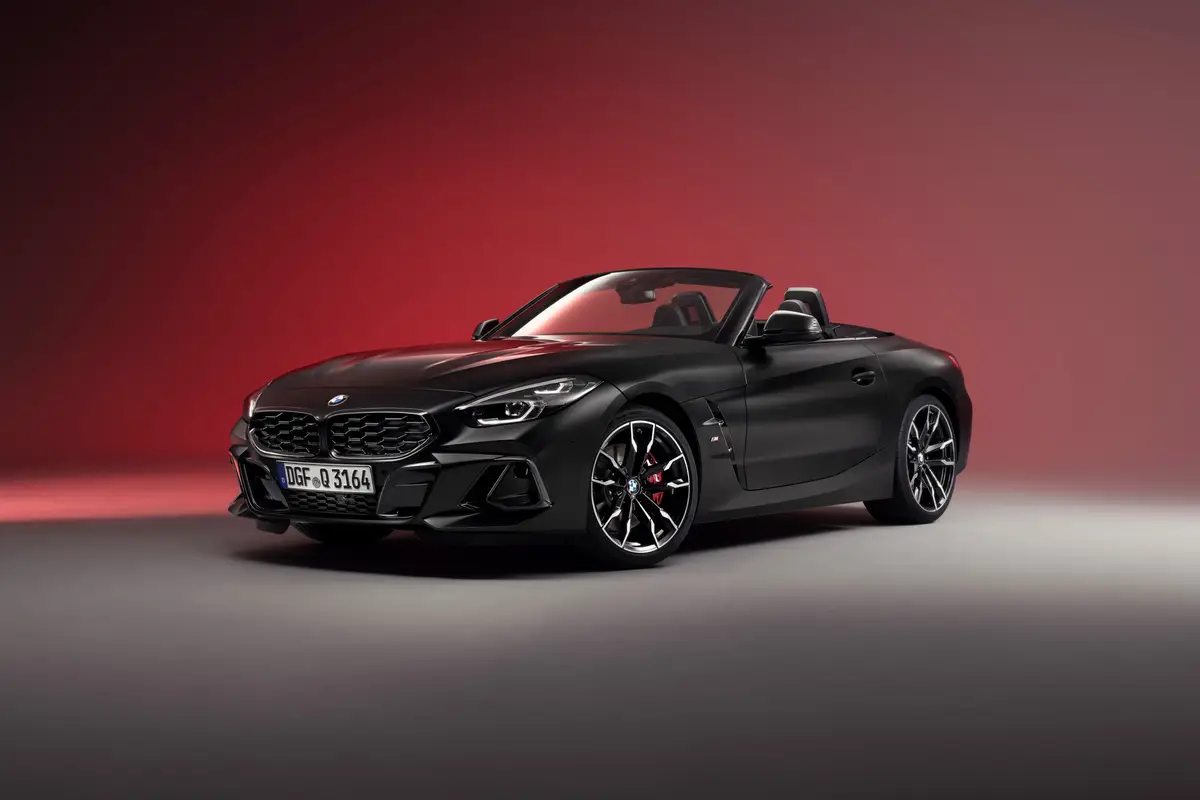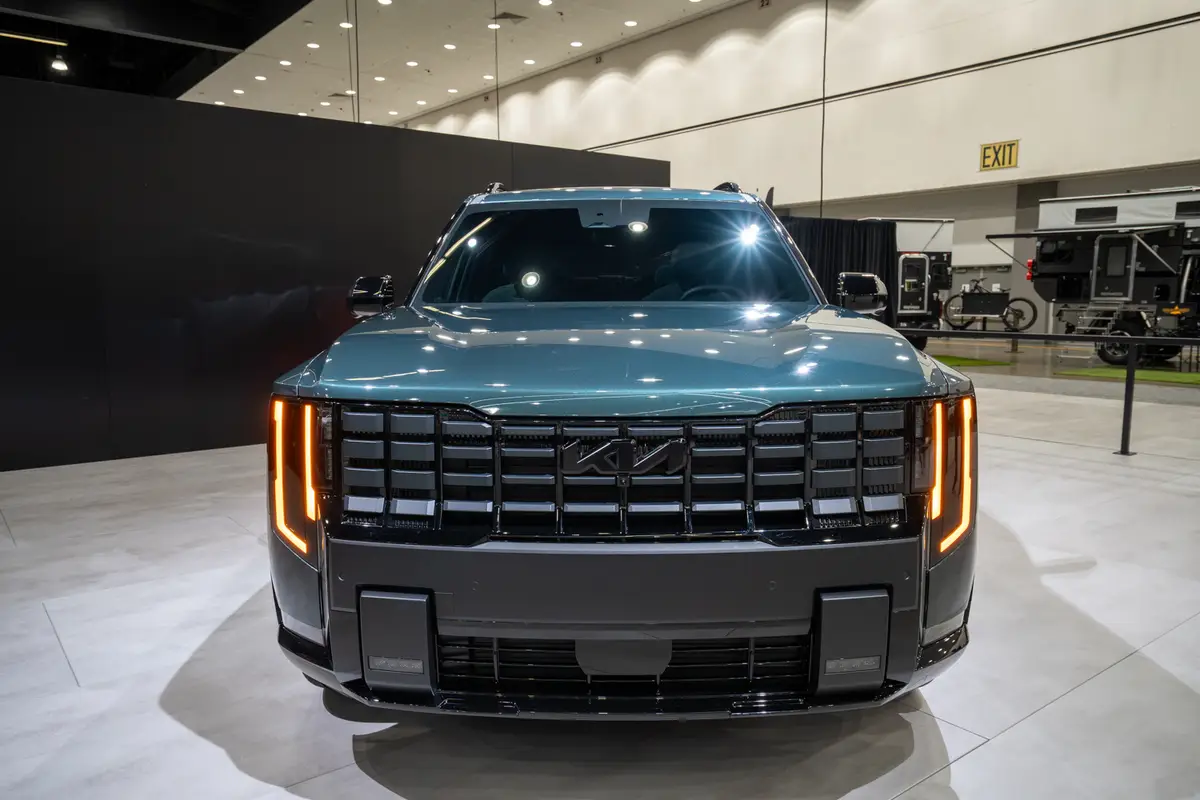The Morning Call and Mcall.com's view
The small van has rapidly become the family vehicle of choice. And why not? Here’s a vehicle that can do all the things a large station wagon can do and almost as much as a full-sized van, and in many cases for less money.
So it shouldn’t come as a surprise that here is a highly competitive segment of the automotive marketplace and many manufacturers want a piece of the action. The newest entry in this relatively new field is the Mazda MPV, a vehicle that looks like it can hold its own in any competition.
Right now the only thing that might hurt its chance of success is perhaps the proposed 25 percent tariff on import vans and utility vehicles, which, of course, is going to affect a number of other vehicles too.
Although a van is basically a box on wheels, the main competitors have managed to give their vehicles some nice lines, making them, for one thing, much more acceptable to women, who do a good deal of driving in small vans. So, even though Mazda had a limited number of things it could do in the way of designing a small van, to its credit, it did manage to give the MPV its own distinct look.
And that look is definitely aerodynamic. Starting with flush-mounted headlights on its sloping hood, the theme is carried on with flush-mounted door handles and windows, integrated bumpers and body side moldings, and smooth and subtle curves. The end result of this design is a coefficient of drag of only 0.36 – a decent figure for an automobile and an impressive one for a van.
For basics, the MPV has a wheelbase of 110.4 inches, length of 175.8 inches, width of 71.9 inches, height of 68.1 inches and curb weight of 3,558 pounds (in the seven-passenger test car version). It is a front-engine, rear- drive compact van with room for up to seven passengers. (It is also available with five passenger accommodations and as a cargo van.) And all seven passengers have decent room and even a little room left over for luggage. As a convenient feature, the second and third seats can be folded down to create a sleeping compartment.
If there is a need to haul fewer people and more luggage, the rear seat can be folded to provide up to 37.5 cubic feet of
cargo space. Also, it is possible to remove both the rear and middle seats with simple tools for really heavy-duty hauling. Even though it is a rear- drive vehicle, the floor is flat with the exception of the slightly raised cargo area in the rear.
For ease of entry and exit for driver and front passenger, there are wide door openings. Access to the rear of the vehicle from the front seats is provided by a wide walk-through area. Also, the side door (on the right) is really a door that swings out and opens to nearly 90 percent, and the tailgate is top-hinged and opens at bumper level.
Driving the MPV should not create a problem for anyone. The driver sits high and has excellent front vision and, because of t he large glass area all around, side and back vision are also good. Steering wheel response is quick though not sensitive. And handling is almost like that of a passenger car.
The suspension features MacPherson struts up front, a live axle with five links and coil springs in the rear and anti-roll bars at both ends. (An automatic load leveling system is available in the optional trailer towing package.) The suspension system also provides a comfortable ride.
Powering the test vehicle was the optional V-6. This overhead cam, 18- valve, 3-liter/180-cubic-inch V-6 is the same engine used in Mazda’s 929 luxury sedan and it is a dandy. Rated at 150 horsepower at 5,000 rpm and 165 foot pounds torque at 4,000 rpm, it provided more than enough power for all Lehigh Valley driving conditions.
The somewhat unique three-valve-per-cylinder design – two intake and one exhaust – is for improved engine breathing and torque. According to Mazda, an electronic fuel-in ection and an advanced variable induction system enhance fuel economy and responsiveness, while hydraulic valve lash adjusters ensure quiet, maintenance-free operation. Well, this is a little hard to prove but the test car ran smoothly and quietly under all conditions.
Another option was the hydraulically controlled four-speed overdrive transmission featuring an overdrive fourth gear and a lockup torque converter. But that’s not all. There are three driver-selecting operating modes – ”Power,” ”Economy,” and ”Hold.” The Power mode allows shift points at higher rpms for improved acceleration, while the Economy mode selects optimal shift points for enhanced fuel economy. ”Hold” may be used to select and hold each of the three lower gears manually. Controls for the modes are on the gear selector, which is not mounted on the floor but rather on the steering-wheel column.
The V-6/4-speed automatic combination provided very decent fuel mileage. The test car averaged 13 miles per gallon for city driving and 22 mpg over the highway. Because of the engine’s 8.5:1 compression ratio, unleaded regular can be used.
The standard engine for the MPV also sounds like another good one and one that should be suitable for Lehigh Valley driving conditions. This is an all- new 2.6-liter/159-cubic-inch, 12-valve, four-cylinder engine featuring electronic fuel-injection and twin counter-rotating balanced shafts developed specifically for use in the MPV. This is a big four-cylinder engine and it develops an impressive 121 horsepower at 4,600 rpm and 149 foot pounds torque at 3,500 rpm. A five-speed manual is standard with this engine and a four- speed automatic optional.
Base price for the MPV start at $10,989 for the two-passenger cargo van with four-cylinder engine and five-speed transmission. The test vehicle was a top-of-the-line seven-passenger wagon with V-6 and automatic and had a base of $15,109, which included a high level of trim and a fair list of standard equipment.
Options included dual air conditioning, $1,497; Power Package #2 (cruise control, power windows, power locks, bronze glass and several other items), $1,475, and floor mats, $84. Add on a destination charge of $275 and the bottom line came to $18,340. This is getting up there but isn’t that far out of line. If the 25 percent tax is enacted, however, the vehicle, obviously, will cost 25 percent more and things could get a little shaky.
The MPV (as well as other Mazda models) is covered by a ”bumper-to- bumper” three-year/50,000-mile full warranty.
Latest news



